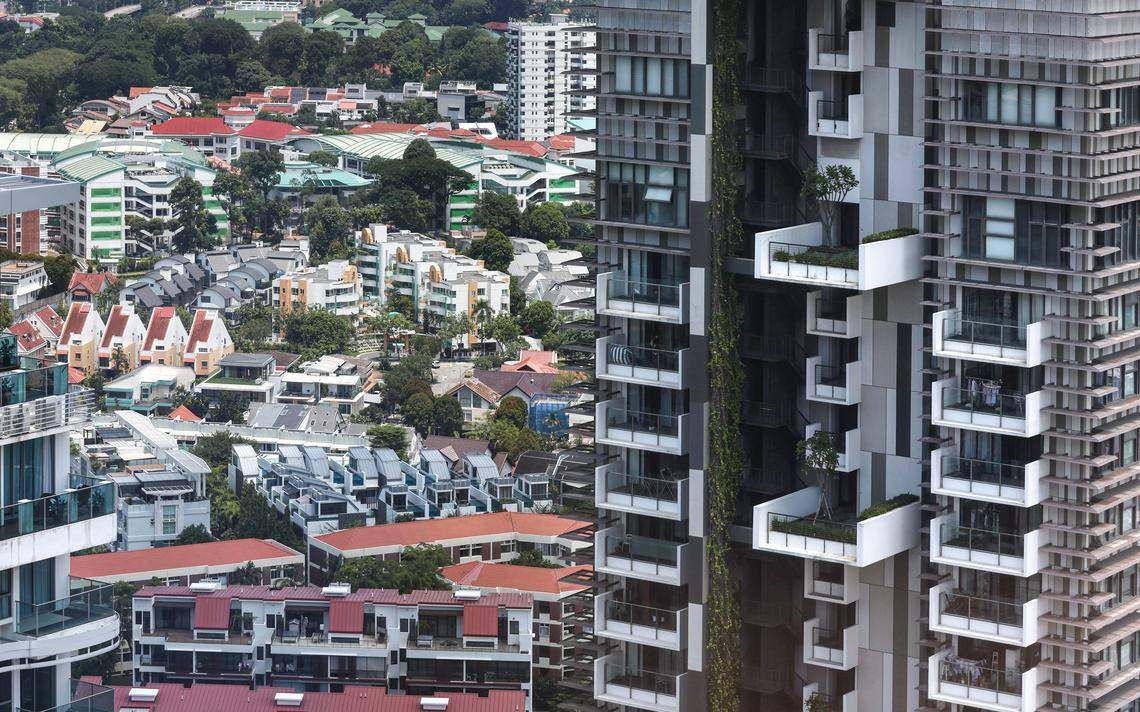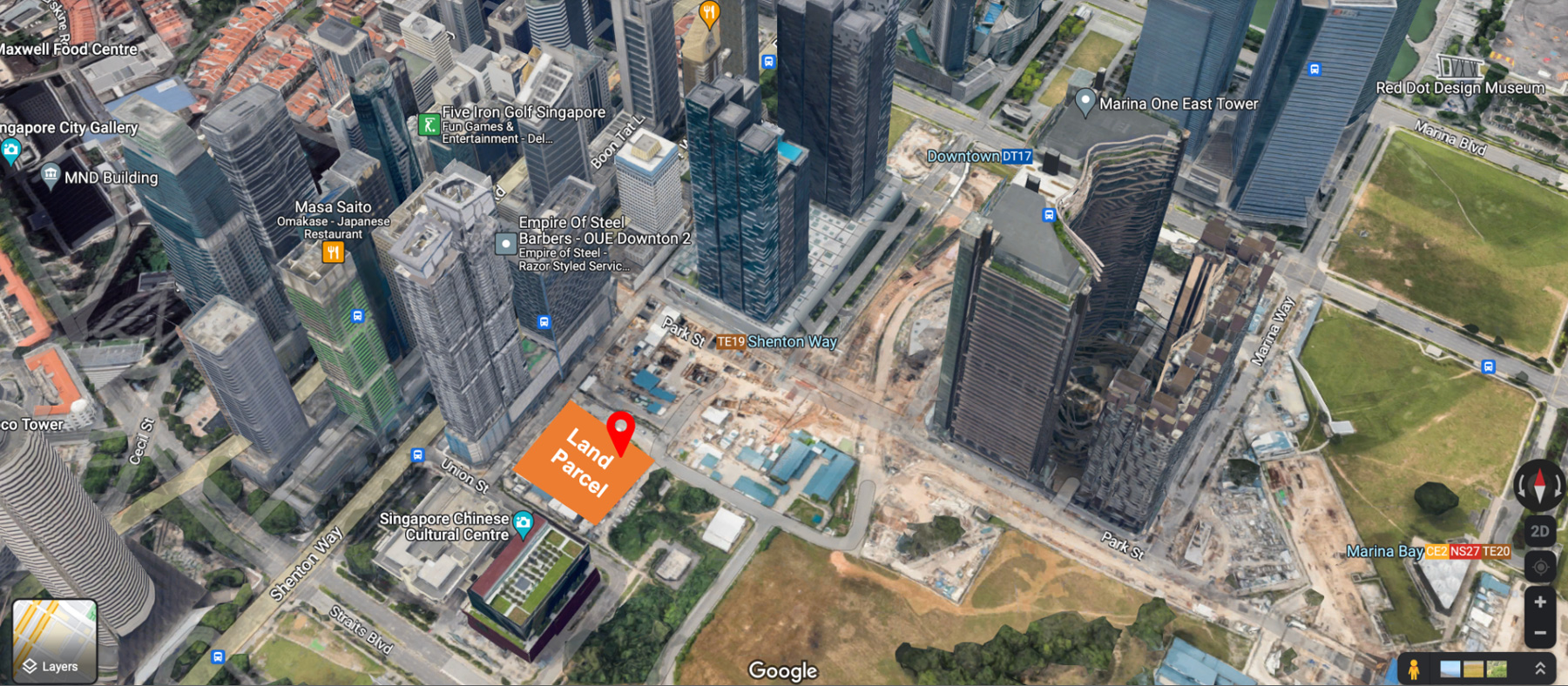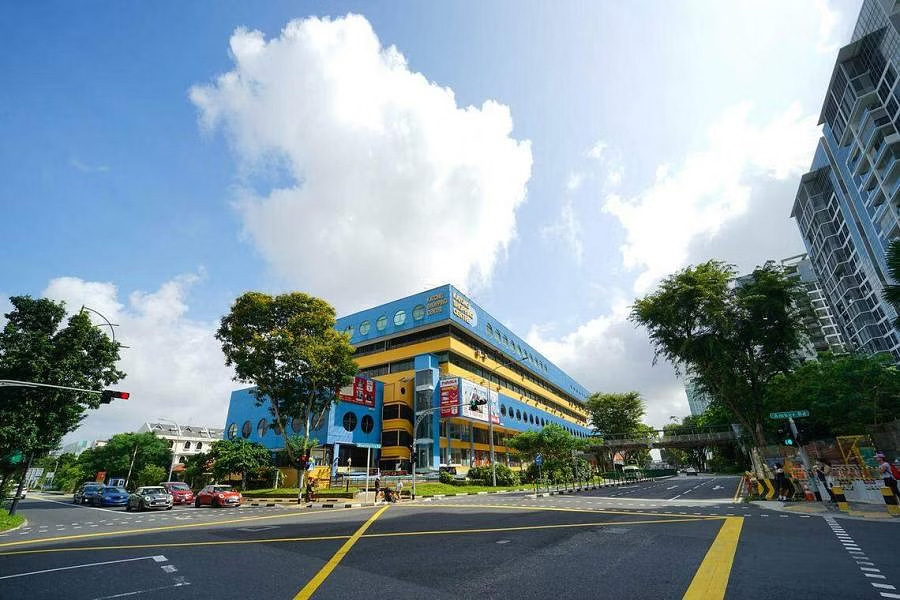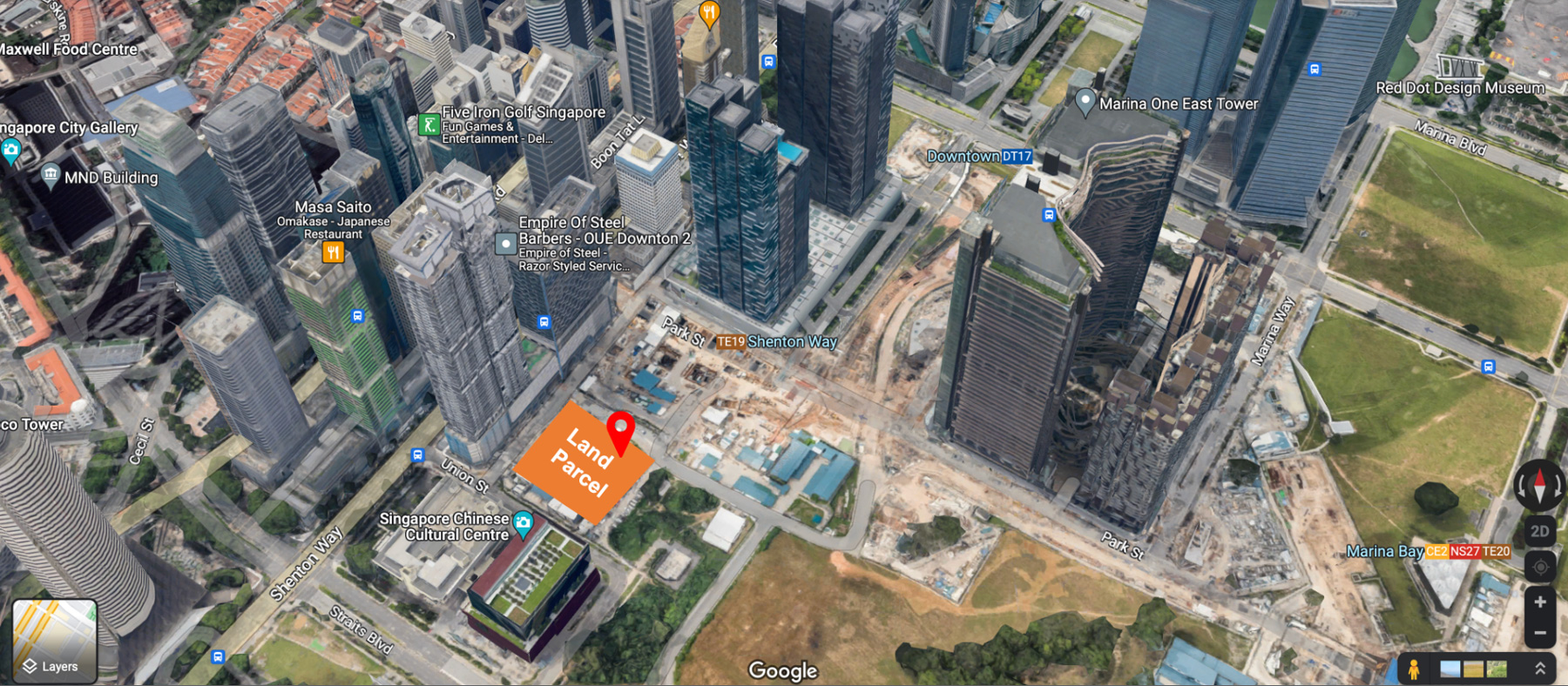New definitions of floor area could eat into developers’ saleable area - and margins - for condo projects.
EARLIER this month, the Urban Redevelopment Authority (URA) issued a circular on harmonisation of floor area definitions to be adopted by 4 government agencies: URA, Singapore Land Authority (SLA), Building and Construction Authority, and Singapore Civil Defence Force.
The changes, which will take effect on Jun 1, 2023, have the laudable objective of improving productivity for the built environment profession. However, they will also have implications for private housing developers, resulting in a reduction in saleable area for condominium projects.
This is because under the new standardised definition, all strata areas will have to be included as gross floor area (GFA), which is controlled by the Master Plan plot ratio for the site.
Currently, residential property developers sell airconditioner ledges as part of the strata area of condo units. However, so long as the aircon ledge is no more than 1 metre wide, it is excluded from the GFA computation and is hence “free area” to developers. Such aircon ledges make up 4 per cent to 5 per cent of the total saleable area in private condo developments, according to industry players.
Another source of free area, that is, not counted as part of a building’s GFA but which condo developers sell, comes from what is known as the curtain wall system. A curtain wall is a thin, typically aluminium-framed wall, containing in-fills of glass, metal panels or thin stone, based on descriptions on the Internet. The framing is attached to the building structure and built outside the (floor) slab edge.
Currently, curtain wall systems can account for anywhere from 1 per cent to 2 per cent of a condo development’s total saleable area.
Because curtain walls and private aircon ledges are strata area, they will be included as GFA under the harmonised floor area regime. In other words, these spaces will no longer be free to developers. If a developer still wishes to count such spaces as saleable floor area, assuming the overall GFA of the unit is kept the same, this would result in a reduction in living area, say analysts.
If the goal is to optimise profit, there would be less motivation for developers to build private aircon ledges. (But condo residents need not fret about where to place their aircon units, as developers that propose to retain aircon ledges as common property (i.e., not for sale) can continue to exclude such aircon ledges from GFA.)
Curtain wall systems are not mandatory. In fact, they are more expensive to build than conventional window walls built within the slab edge. Nevertheless, some developers may still find it worthwhile to have a curtain wall system for their premium condo projects to achieve a desired aesthetic appeal and quality. In such cases, the higher selling price would justify the higher construction cost, despite the reduction in saleable area.
Whether or not a condo project has curtain walls, there will be a reduction in the project’s total saleable area, come Jun 1, 2023 arising from the alignment of strata area with GFA.
With a reduction of around 5 per cent in total saleable area for a typical condo, the project’s efficiency – or ratio of total saleable area to GFA – will also drop.
Breakeven cost
Efficiency is a key metric in calculating a developer’s breakeven cost.Savills Singapore’s executive director of research and consultancy, Alan Cheong, says that for private condo projects, the total saleable area is currently about 99 per cent to slightly over 100 per cent of the GFA based on the Master Plan plot ratio. The total saleable area figure takes into account bonus GFA of up to 10 per cent (under various schemes, including for balconies, indoor recreation spaces and the Built Environment Transformation GFA Incentive Scheme).
The current efficiency ratios are already a big drop from the 115 per cent to 125 per cent developers used to enjoy during the heyday around 2007-2008, when they could sell bay windows, planter boxes, private enclosed spaces and private roof terraces without having such spaces counted as their GFA.
Since Jan 1, 2009, bay windows and planter boxes have been included as GFA. Since Jan 12, 2013, private enclosed spaces and private roof terraces have been counted as part of bonus GFA (and subject to payment of development charge, now known as land betterment charge) for all non-landed residential developments.
Market watchers estimate that come Jun 1, 2023, the efficiency ratio for typical condo developments could drop to about 95 per cent.
The efficiency ratio could dip further after factoring in another change under the harmonised floor area regime that could reduce a condo’s total saleable space: all voids will be excluded from strata area. Currently, voids - where for instance a double-volume space is created by “removing a floor” to achieve a double-height ceiling - are already excluded from GFA. Developers incorporate voids in posh residential projects, for example, in penthouses or other duplex units in such developments. This is typically for double-volume spaces, such as in the living and/or dining areas.
Lower land bids or higher selling prices?
With lower efficiency for condo projects, ceteris paribus, the breakeven cost for the project goes up. Hypothetically, some developers argue that they would work the reduced efficiency into their land price, i.e. they would lower their land bid prices.In reality, such an outcome may not always materialise, especially when it comes to attractive sites, for which there will be intense competition. In such a scenario, to what extent can developers pass the higher breakeven cost to home buyers via higher selling prices? Perhaps developers could do a bit of each: try to pay less for land while also pushing up the selling price for the resulting projects on the sites.
Some developers may be prepared to reduce their profit margins. However, pretax profit margins for condo projects these days have already been whittled to 9-13 per cent (partly by higher commissions to property agents). If profit margins are reduced further, they may be too low to justify the risks of property development.
Construction costs and interest rates are on the rise. It is uncertain if the Singapore economy will continue to grow substantially and homes buyers’ incomes rise fast enough for them to be able to afford even higher private home prices.

 Email
Email
 Sms
Sms
 Whatsapp
Whatsapp

